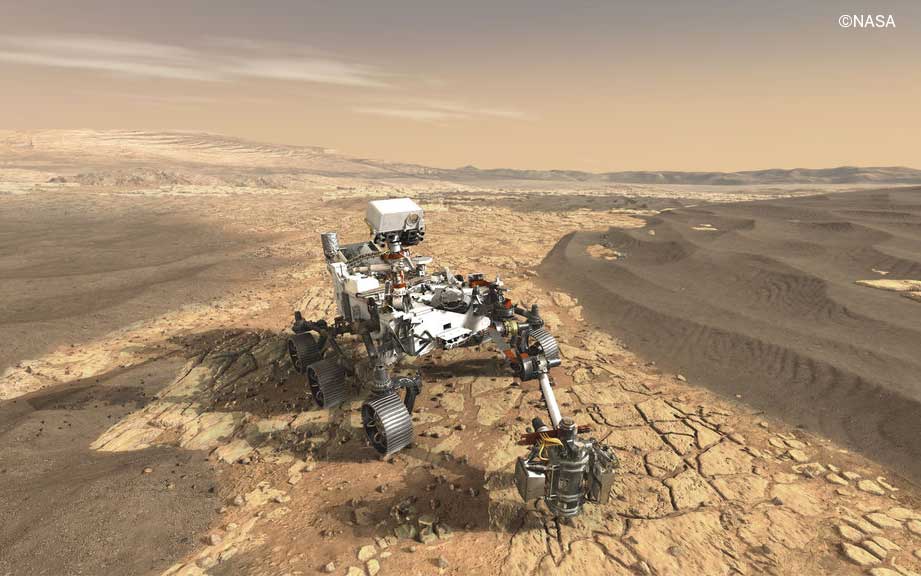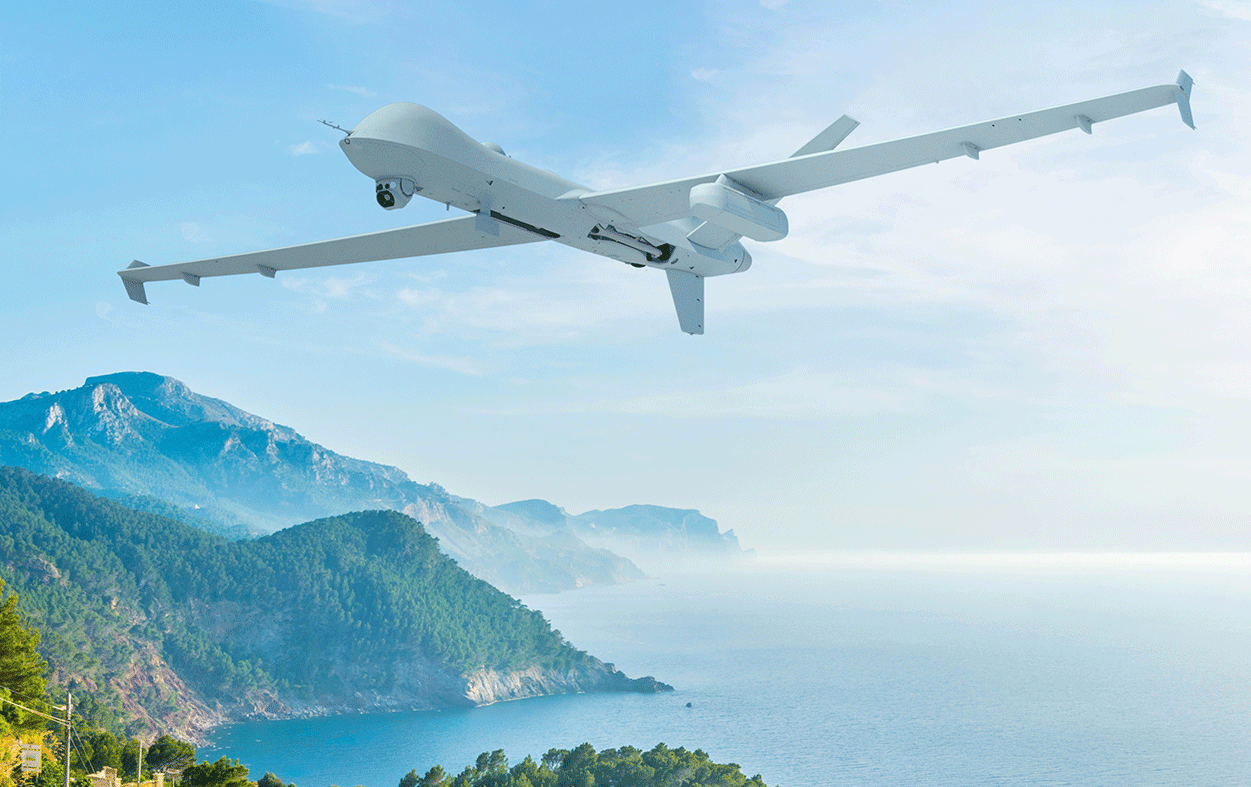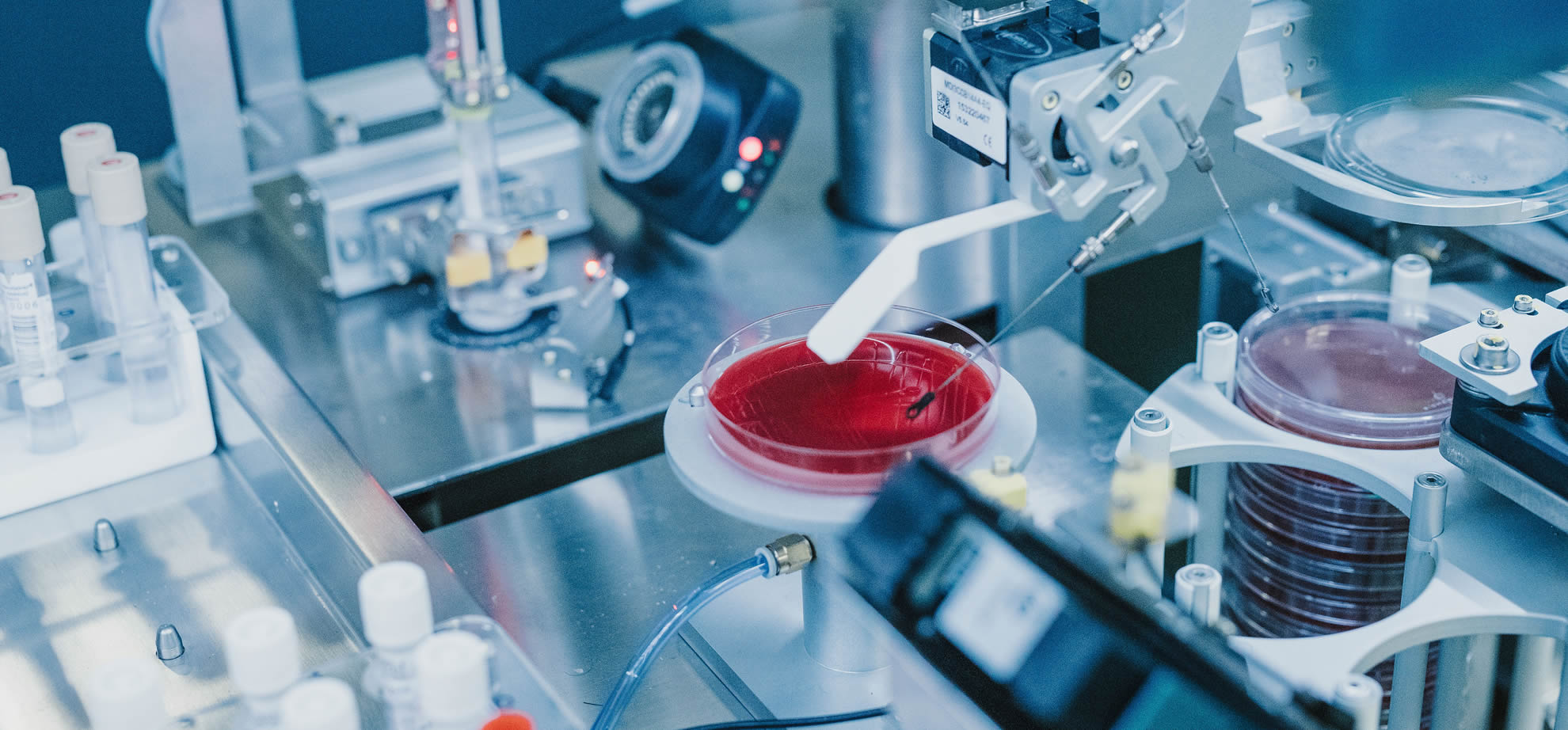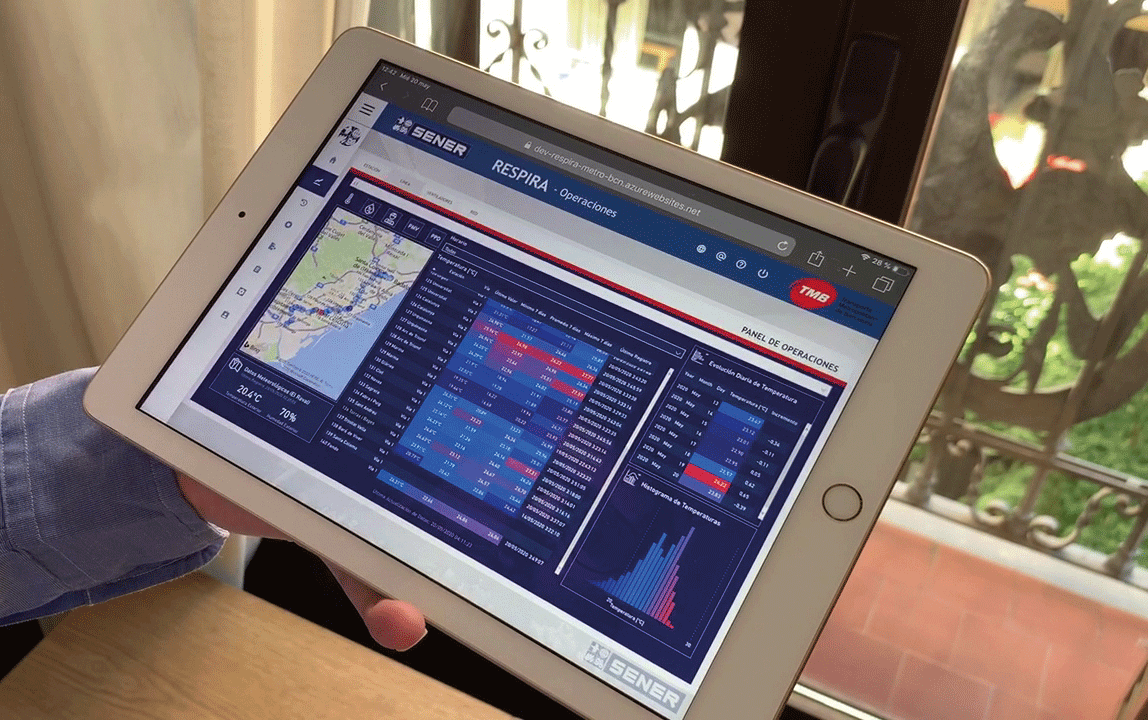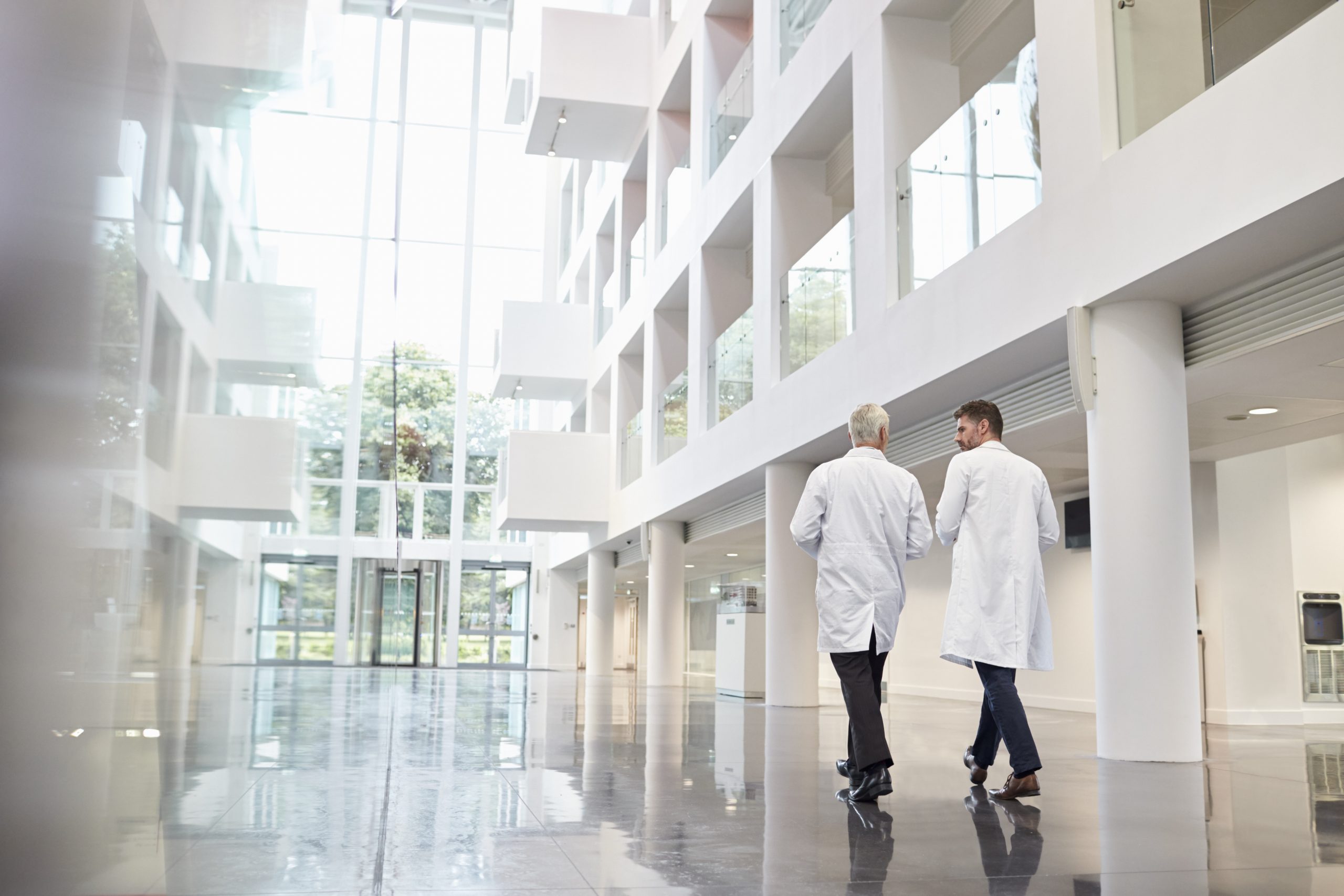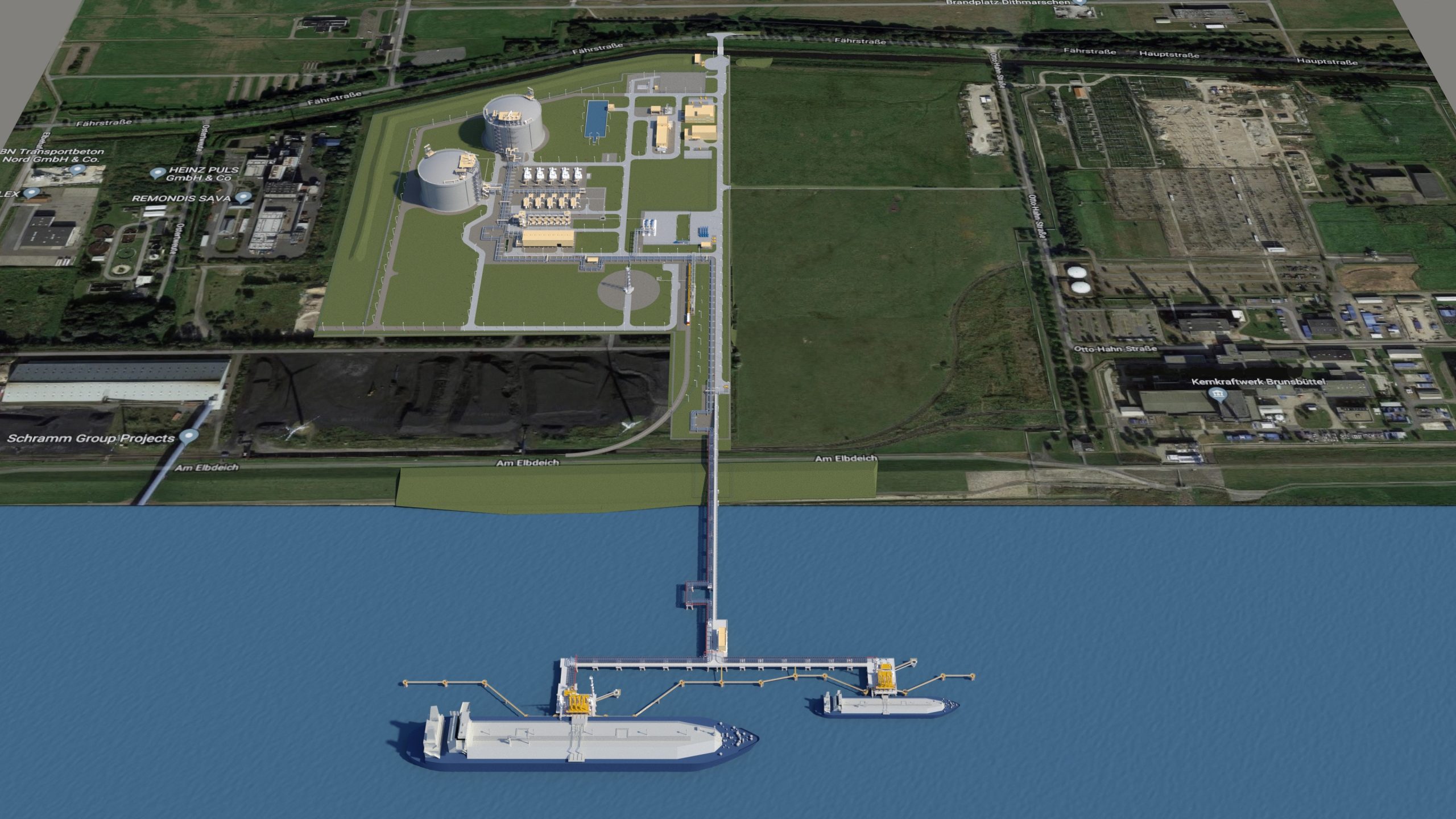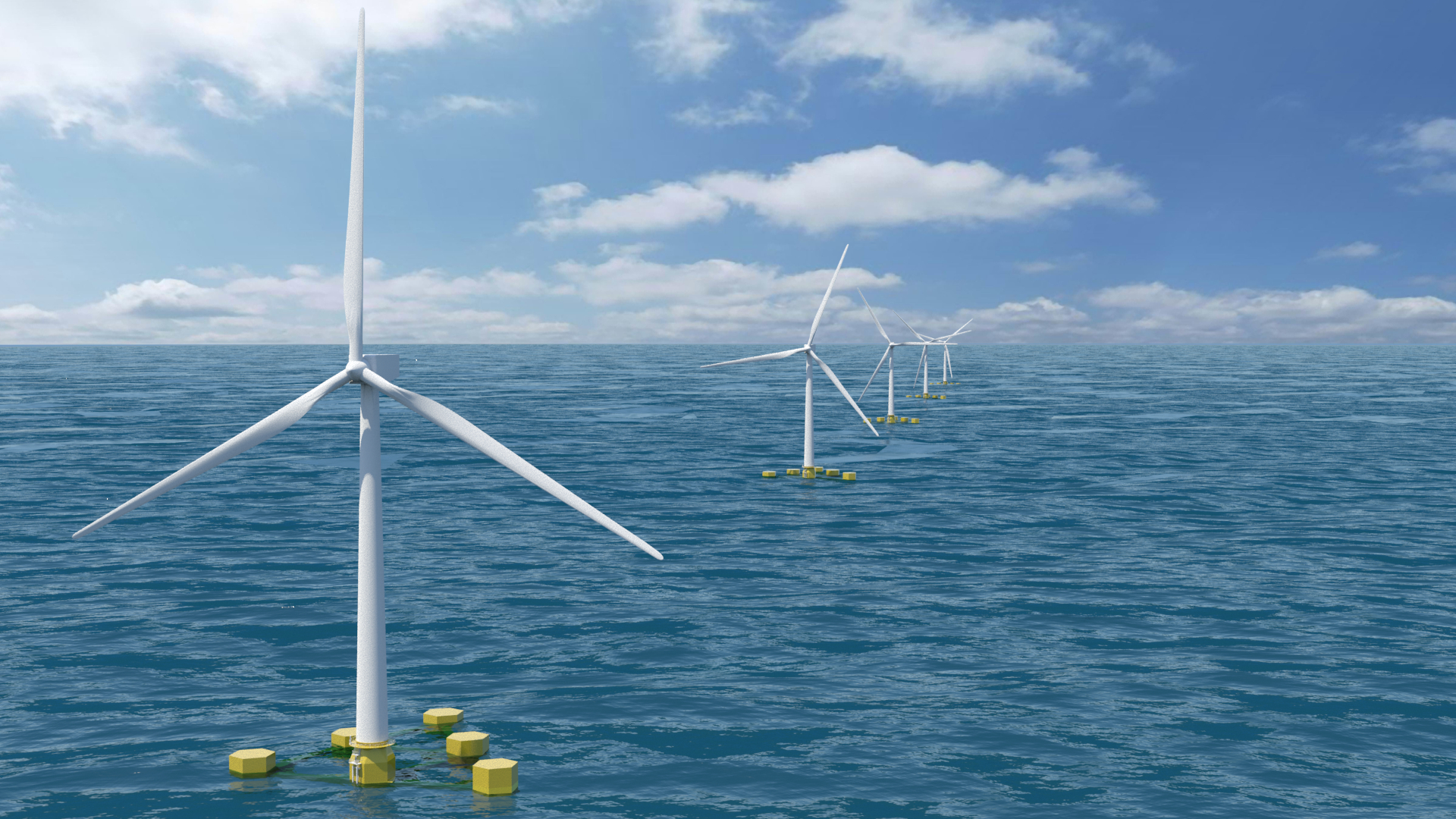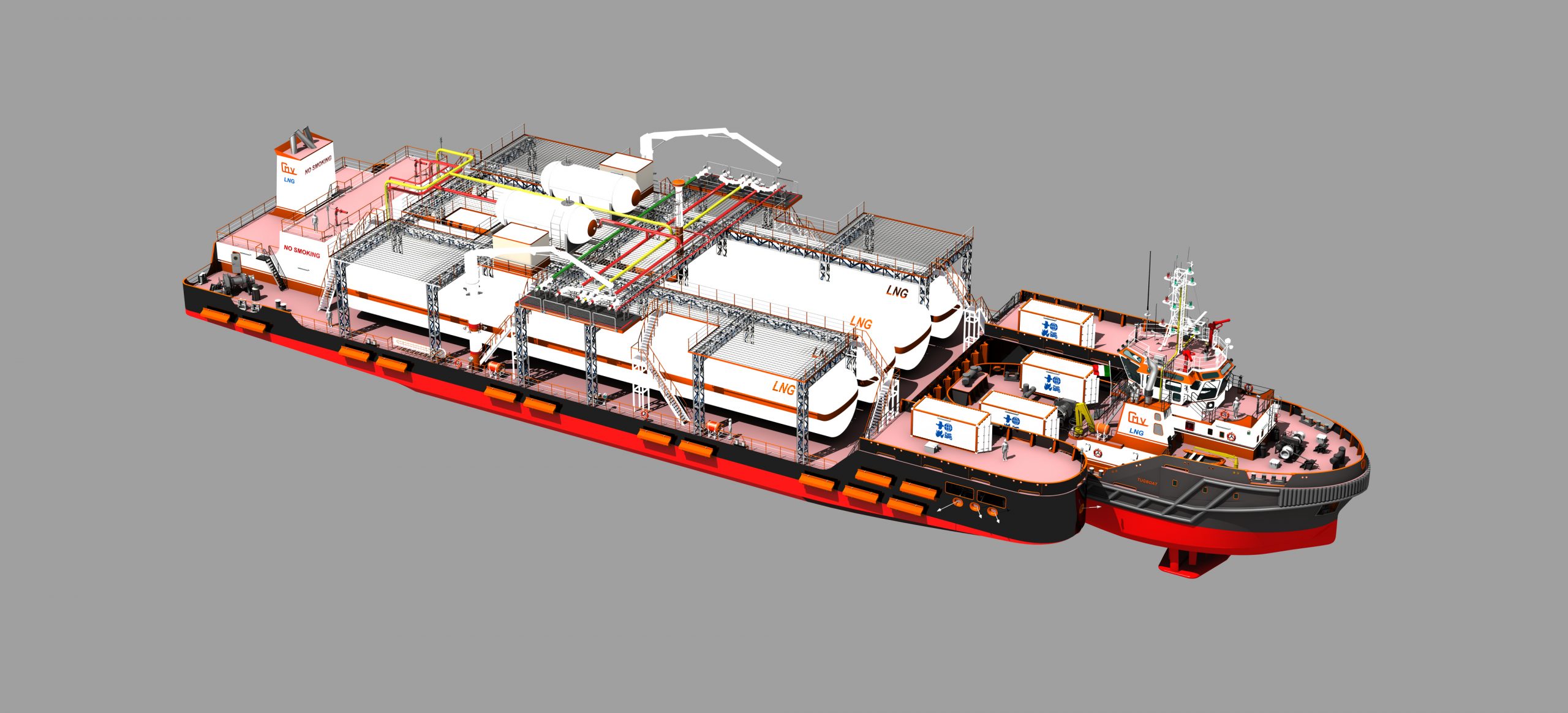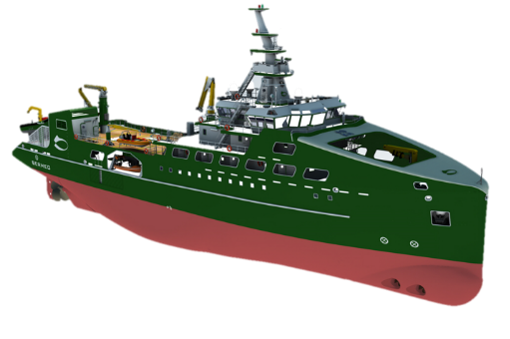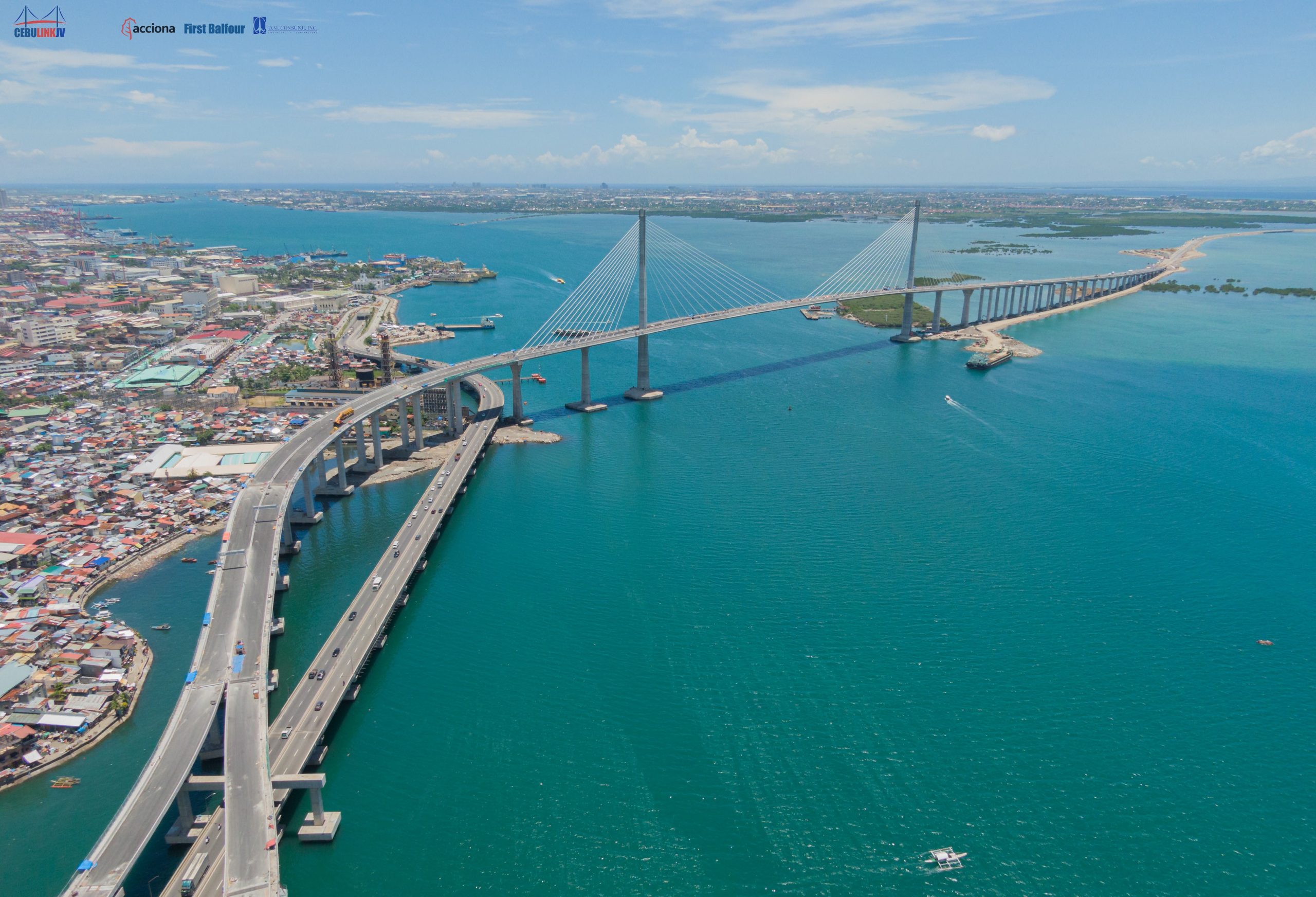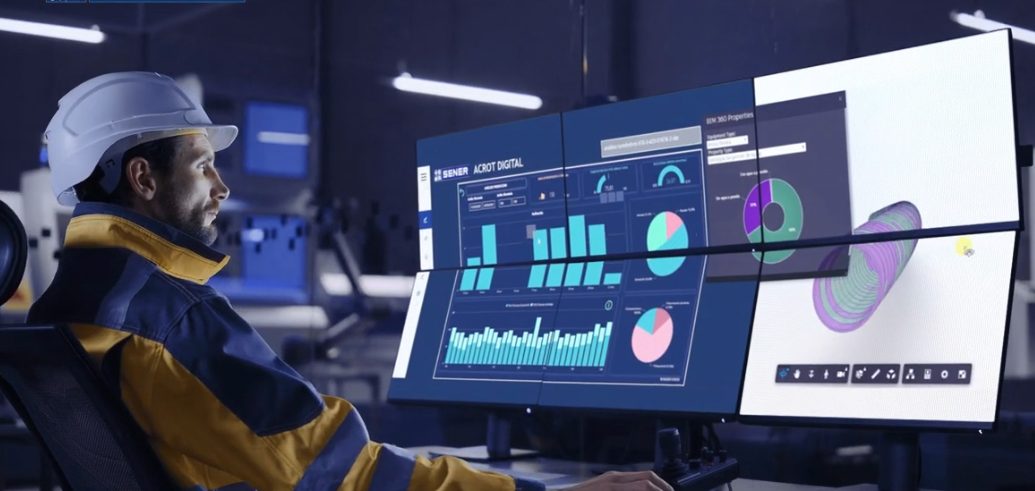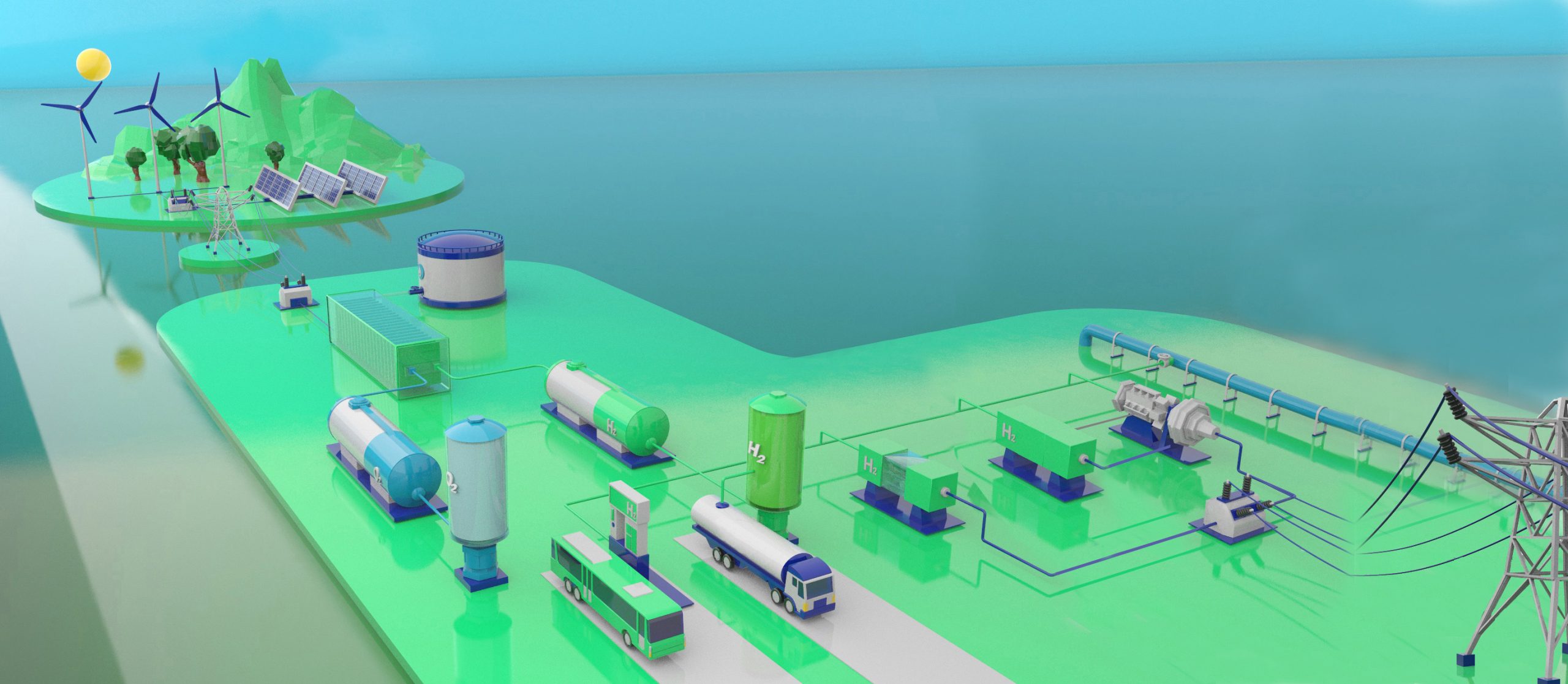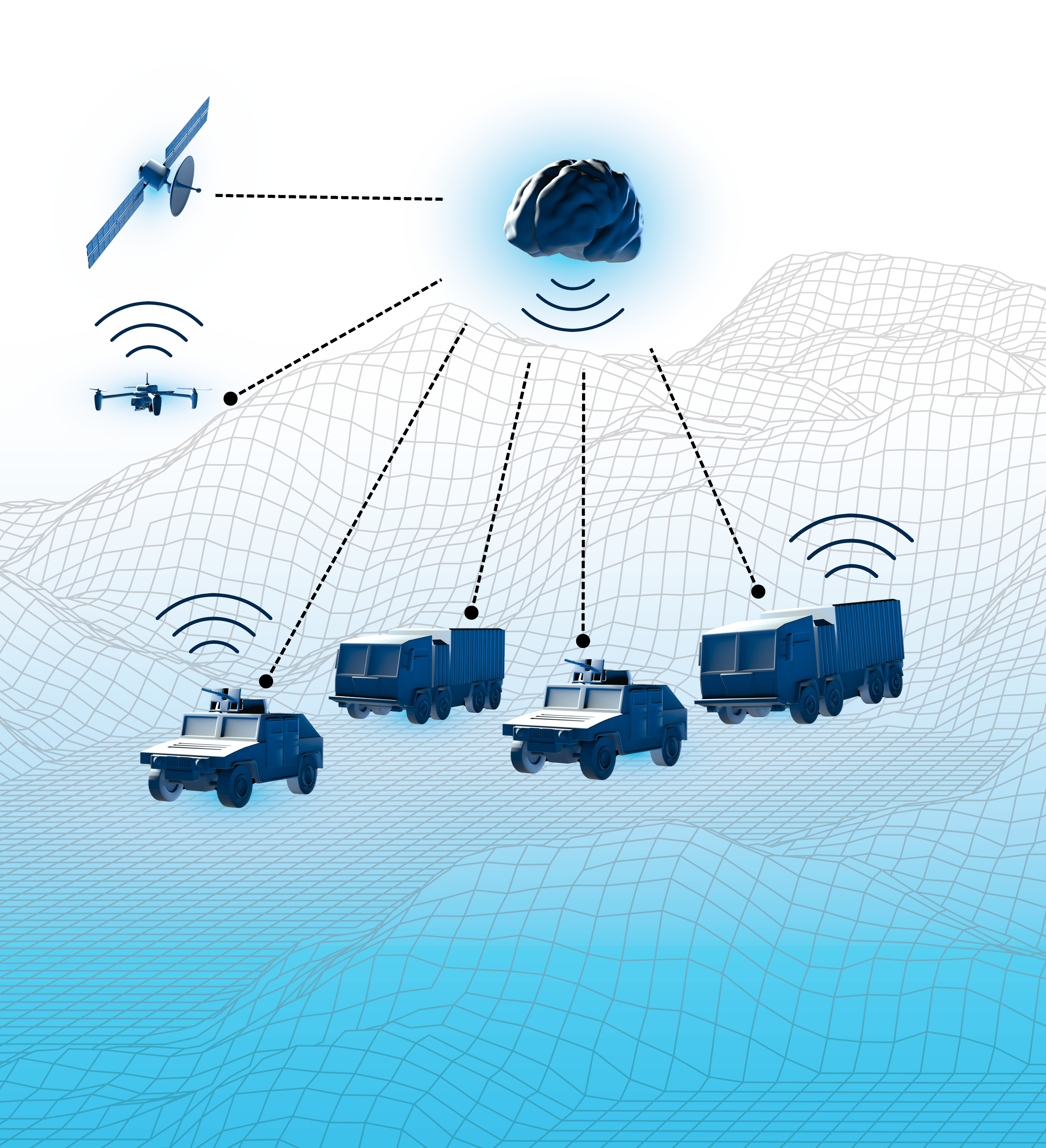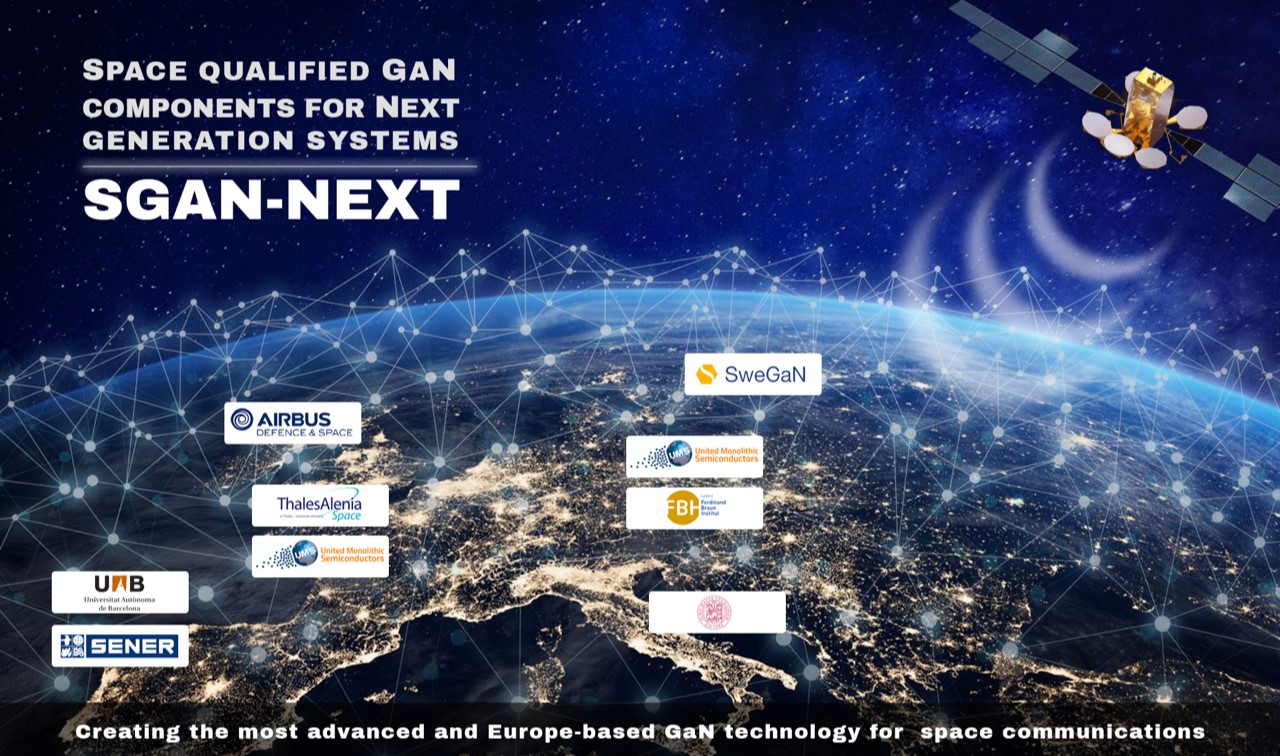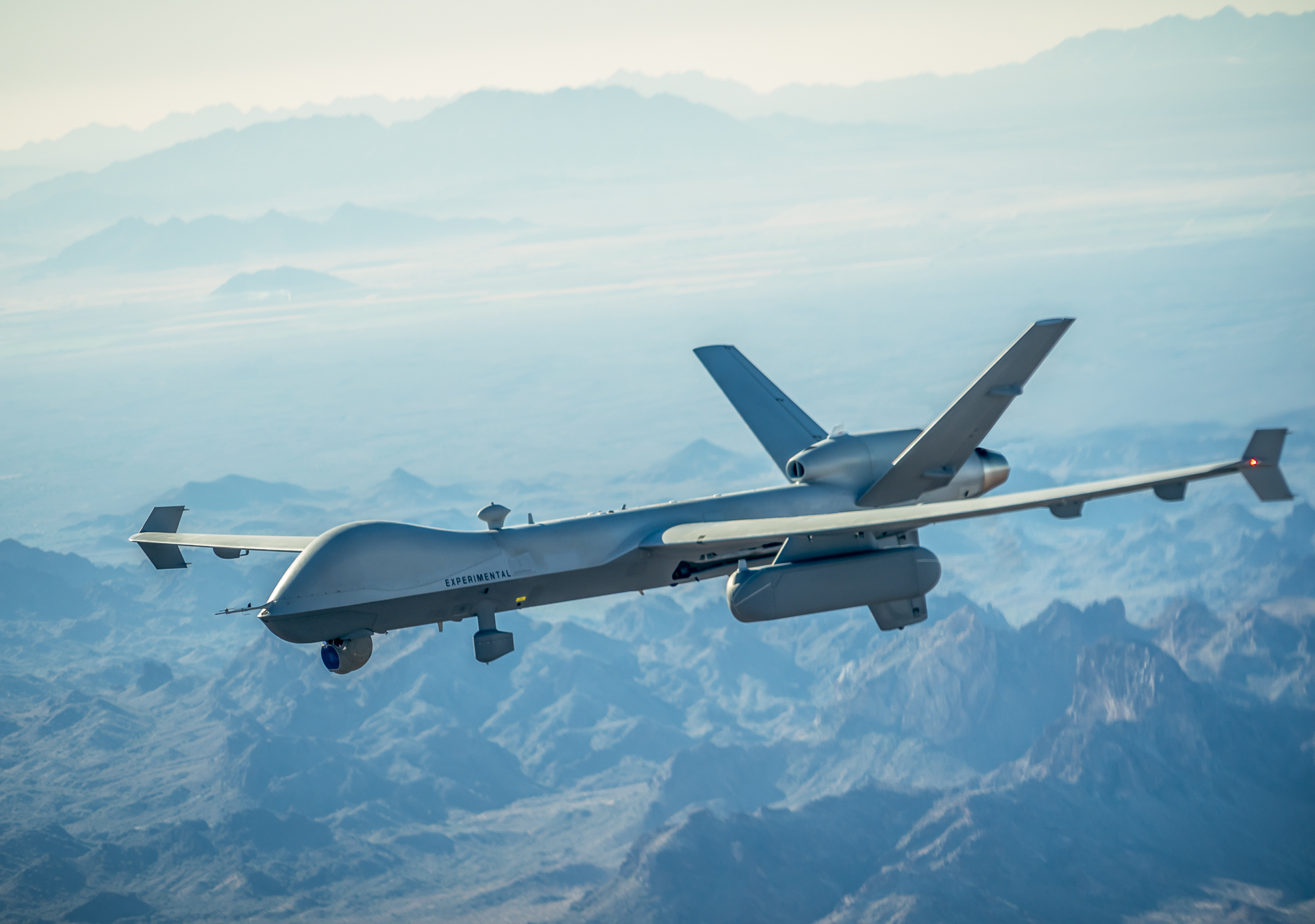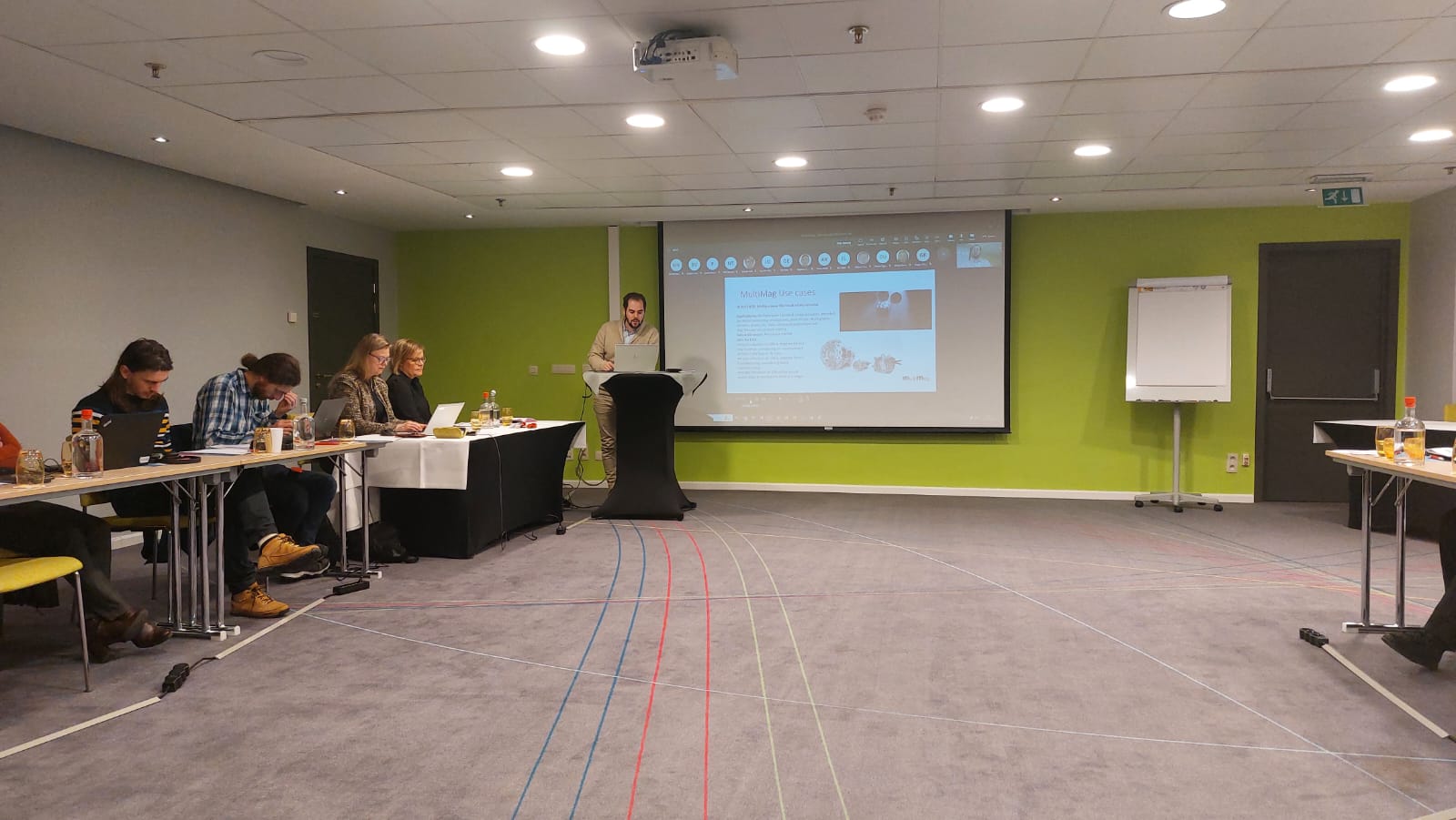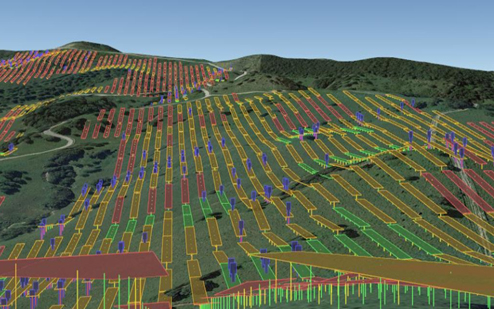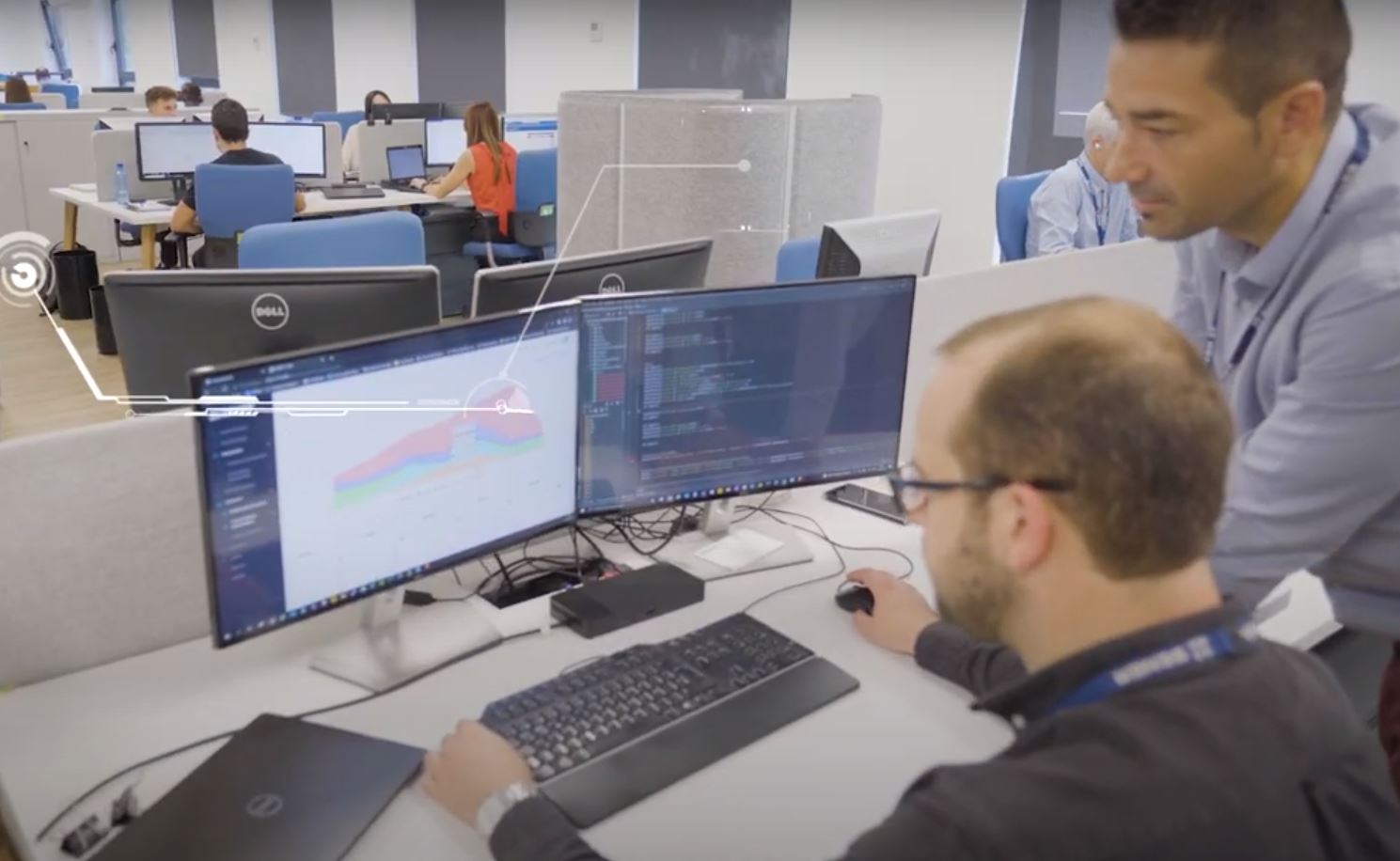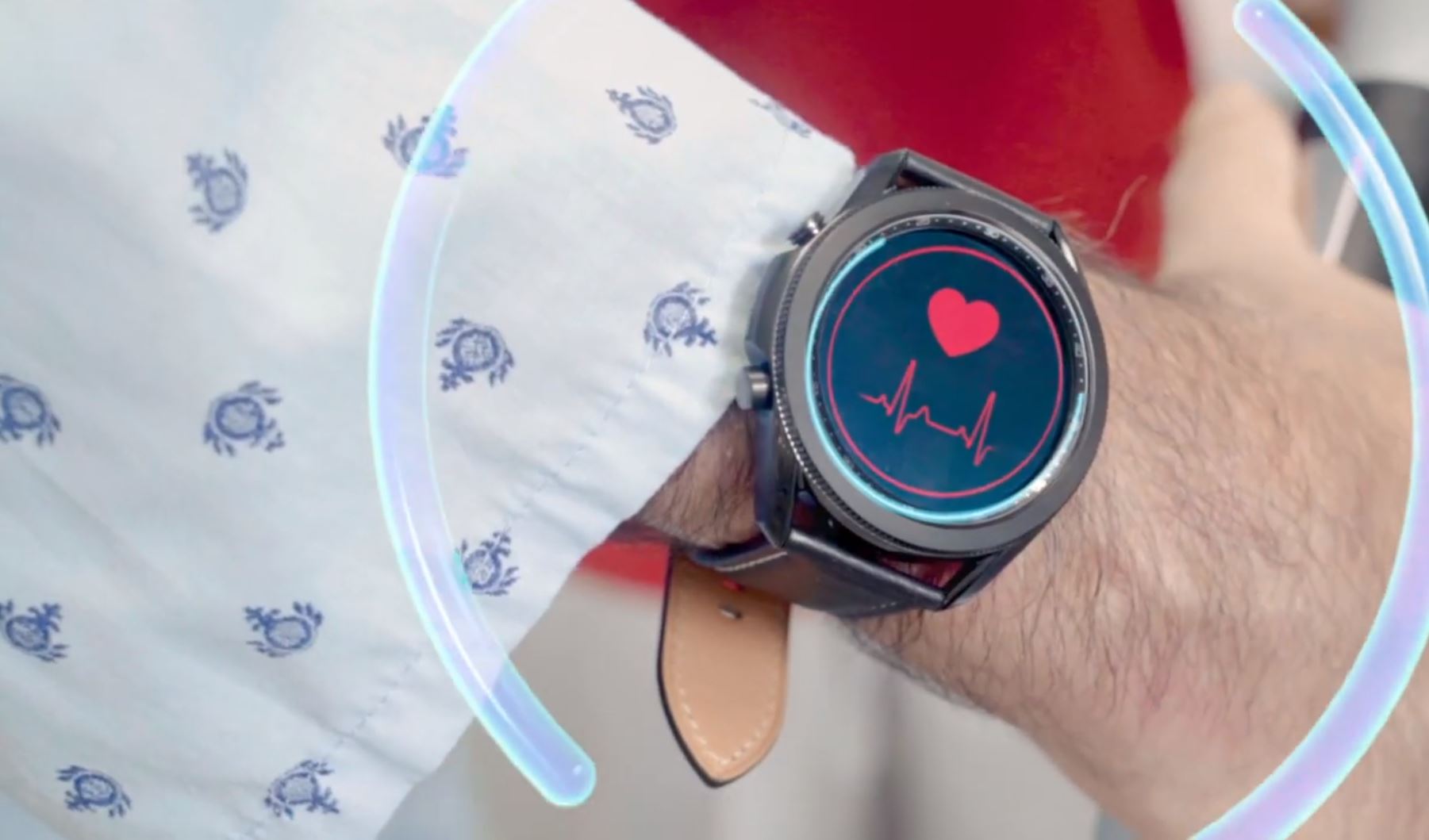Sener will be present at IDEX with its Naviground solution in the Spanish Pavilion at a joint stand with its partner URO.
Sener Aerospace and Defense presents its Naviground navigation system for manned and unmanned vehicles at IDEX, one of the leading international defense and security fairs. This is a digital solution that allows for several vehicles to be connected and coordinated, and that provides a precise navigation solution based on the fusion of data from different sensors.
The data collected by these sensors are processed in real-time in a processing unit, where they are merged to provide a more reliable and robust solution than those calculated by each sensor independently. Advanced data management techniques, information merging and artificial intelligence algorithms are used during the image processing.
Naviground operates in both structured and unstructured environments, i.e. off road. It is a modular and scalable solution that can be easily adapted and integrated based on the characteristics of the platform, following strict security parameters.
Sener will be present at IDEX with its Naviground solution at a joint stand with its partner URO, located in the Spanish Pavilion.
Naviground’s development came about as an evolution of the ARCO project financed by the Spanish Ministry of Defense (COINCIDENTE 2018) for the demonstration of a TRL 6 logistics convoy, which combines remotely operated, autonomous and manual drive vehicles, and which ended in 2021.
Space and robotics experience
Sener’s General Director of Defense, Rafael Orbe, notes that one of the most significant innovations is the fact that “the system must be able to operate in zero or denied GNSS/GPS signal environments and navigate unstructured (off-road) terrain. This means that, in addition to incorporating the conventional techniques applied in the civil sector, it is necessary to develop specific additional improvements in order to cover these more demanding scenarios.” He added: “Sener Aerospace and Defense has applied to Naviground its experience with successful navigation systems for space programs, such as the GNC/AOCS systems of the Herschel & Planck science satellites, and the IPXV and Space Rider spacecraft.”
The Naviground system also includes the knowledge acquired in projects undertaken in the field of robotics, such as the robot for laparoscopic surgery, the Dextrous Arm robotic arm for the International Space Station (ISS), the mirror cleaning robots at the Hector and Paris solar plants, and the development of autonomous vehicles in MUROC, SUGV and APOS-EU for the European Defence Agency (EDA).
Sener Aerospace and Defense also applies this technology to other fields, such as smaller platform localization systems with license plate recognition, localization and identification of persons functions.



 About us
About us